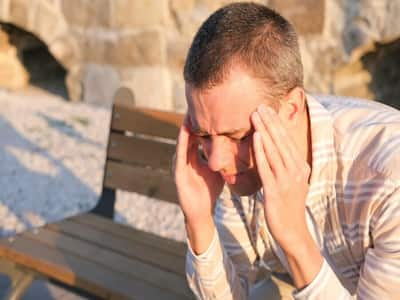
1 in 4 adults over the age of 25 have a possibility of stroke in their lifetime. It is one of the leading causes of death and disability globally.
Stroke is a serious condition that disrupts blood supply to the brain and results in oxygen starvation, brain damage and loss of function. It is mainly caused by a clot in an artery that supplies blood to the brain, a situation known as ischemia. Hemorrhage is another reason for a stroke where a burst vessel causes blood to leak into the brain. The severity of the stroke ranges from minimal to catastrophic depending on the extent and location of the damage to the brain, says Dr. Amit Srivastava, Director & Senior Consultant, Neurosurgery, Aakash Healthcare, New Delhi.
Global stats
Stroke has reached epidemic proportions with one in four adults over the age of 25 having a possibility of stroke in their lifetime and without appropriate action, number of annual deaths will climb to 6.7 million. It is one of the leading causes of death and disability globally with millions of healthy lives being lost to the disease each year. Further, Dr. Srivastava states that the illness disproportionately affects individuals living in resource-poor countries with two out of every three people who suffer from a stroke living in low- and middle-income countries.
Signs of stroke
“If you or someone you’re experience symptoms of stroke, make a note of the time the symptoms started. Timely treatment and prompt action improves patient outcomes,” Dr. Srivastava notes. He cautions people to look out signs of stroke, which include:
- Confusion and trouble speaking: You may experience confusion, have trouble speaking or understanding what others are saying.
- Weakness or paralysis of the face, arm or leg: You may develop paralysis or sudden numbness in the face, arm or leg. This is usually seen on one side of the body. Try and lift both your arms, if one arm falls, then you may be experiencing a stroke. Besides, one side of your mouth may begin to droop as you try to smile.
- Blurred vision in one or both eyes: You may suddenly have problems with your eyes and experience blurred or blackened vision in one or both eyes, or you may see double images.
- Losing balance while walking: You may lose balance or stumble upon while walking. You may also experience sudden loss of coordination or dizziness.
When to see a doctor
It is important to seek immediate medical attention if you notice any signs or symptoms of a stroke. Even if the symptoms seem to come and go or they disappear completely. Dr. Srivastava says: Think ‘FAST’ and take the following action:
READ RELATED: 7 Secret Tips for Women To Achieve Lasting Weight Loss After 40
- Face: Make the person smile and see if one side of the face is drooping.
- Arms: Ask the person to raise their arms, check if they are able to raise both arms or if one arm drifts downwards
- Speech: Ask the person to say a simple phrase, see if his or her speech is slurred or unclear.
- Time: Time is of essence, if you see any of these signs, it is important to seek medical help right away.
Total Wellness is now just a click away.
Follow us on
Don’t Miss Out on the Latest Updates.
Subscribe to Our Newsletter Today!
window.addEventListener(‘load’, (event) => {
$(‘#commentbtn’).on(“click”,function(){
(function(d, s, id) { var js, fjs = d.getElementsByTagName(s)[0]; if (d.getElementById(id)) return; js = d.createElement(s); js.id = id; js.src = “//connect.facebook.net/en_US/sdk.js#xfbml=1&version=v2.3”; fjs.parentNode.insertBefore(js, fjs);}(document, ‘script’, ‘facebook-jssdk’));
$(“.cmntbox”).toggle();
});
});








